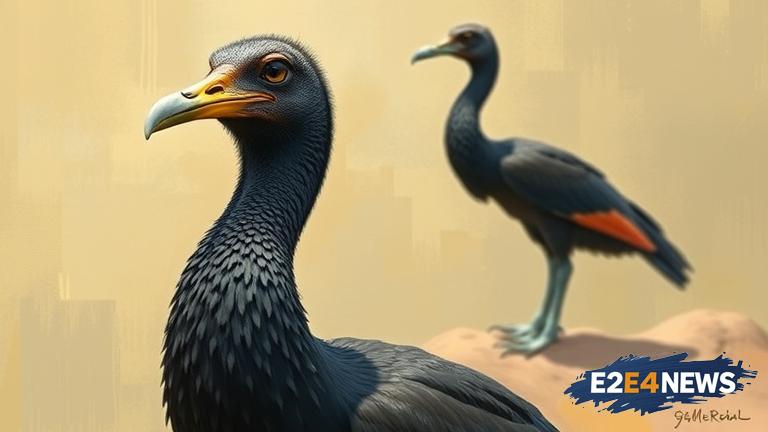The moa, a large and majestic bird that once roamed the forests and grasslands of New Zealand, has been extinct for centuries. However, with advancements in genetic engineering and biotechnology, scientists are now considering the possibility of bringing back the moa from extinction. The idea of de-extinction, as it is called, has sparked a heated debate among scientists, conservationists, and the general public. Proponents of de-extinction argue that it could help to restore balance to ecosystems that have been disrupted by human activities, and could also provide a unique opportunity for scientists to study the biology and behavior of extinct species. On the other hand, critics argue that de-extinction is a complex and costly process that may not be feasible or desirable. They also point out that the moa’s habitat and ecosystem have changed significantly since its extinction, and that introducing a new species could have unintended consequences. Despite these challenges, a team of scientists from New Zealand and around the world is working to sequence the moa’s genome and study its biology and behavior. They are using advanced technologies such as DNA sequencing and gene editing to analyze the moa’s genetic material and understand its evolutionary history. The team is also working to identify the closest living relatives of the moa, which could potentially be used as surrogate parents for the de-extinction process. However, the process of de-extinction is not without its challenges, and scientists must carefully consider the ethical and ecological implications of bringing back an extinct species. For example, the moa’s diet and habitat requirements are not well understood, and it is unclear how the species would interact with other animals and plants in the modern ecosystem. Additionally, the de-extinction process could be costly and time-consuming, and may require significant resources and funding. Nevertheless, the possibility of bringing back the moa has sparked widespread interest and excitement, and has raised important questions about the role of science and technology in conservation and species preservation. As the debate over de-extinction continues, scientists and conservationists are working to develop new technologies and strategies for preserving and restoring biodiversity. The moa’s story serves as a reminder of the importance of preserving and protecting endangered species, and the need for continued research and conservation efforts to prevent further extinctions. In conclusion, the idea of bringing back the moa from extinction is a complex and intriguing one, and scientists are working to carefully consider the possibilities and challenges of de-extinction. While there are many uncertainties and challenges associated with the process, the potential benefits of de-extinction make it an exciting and worthwhile area of research and exploration.





